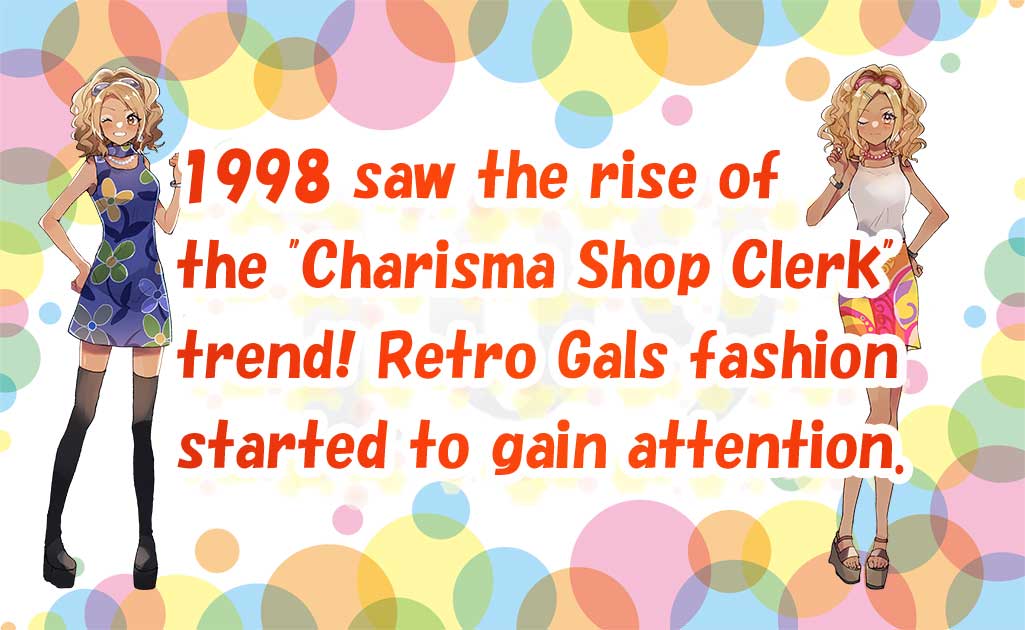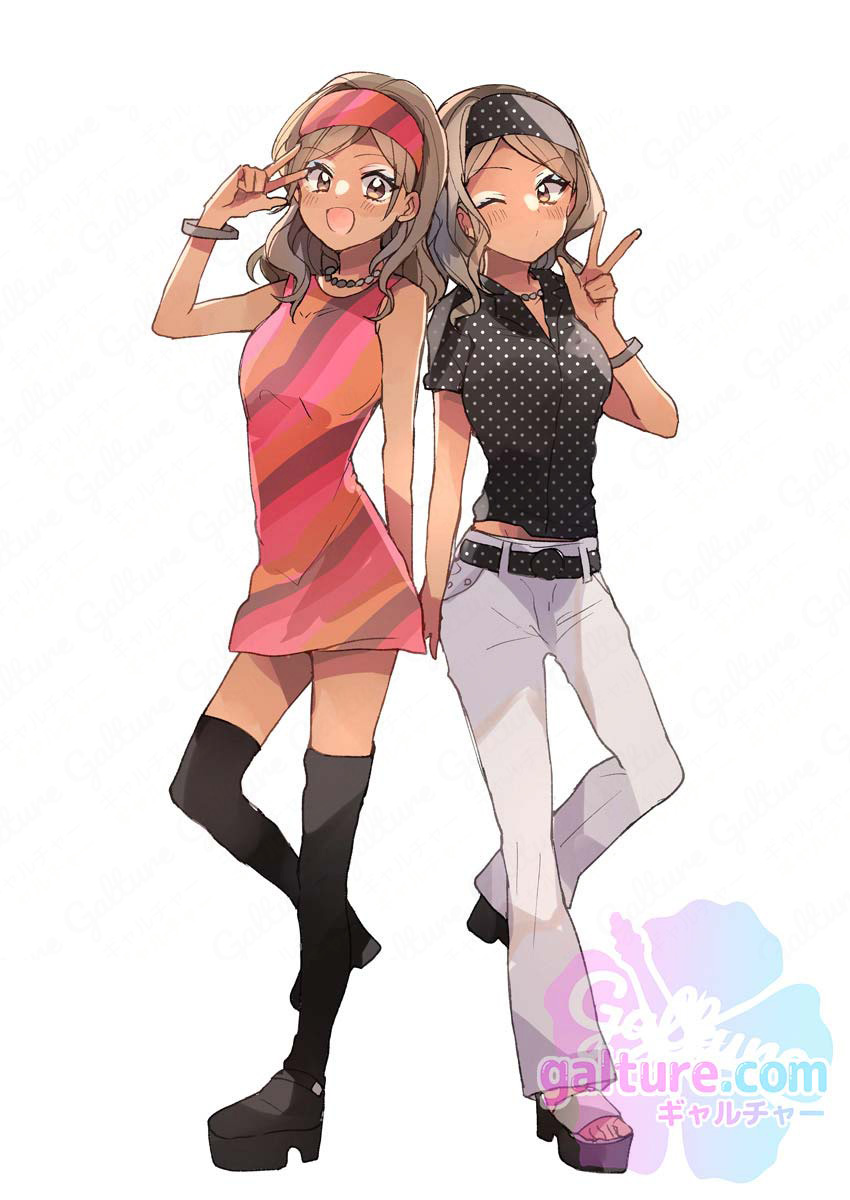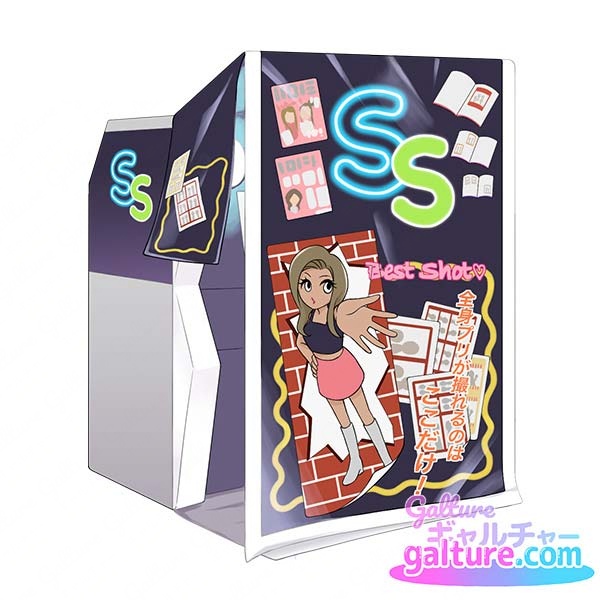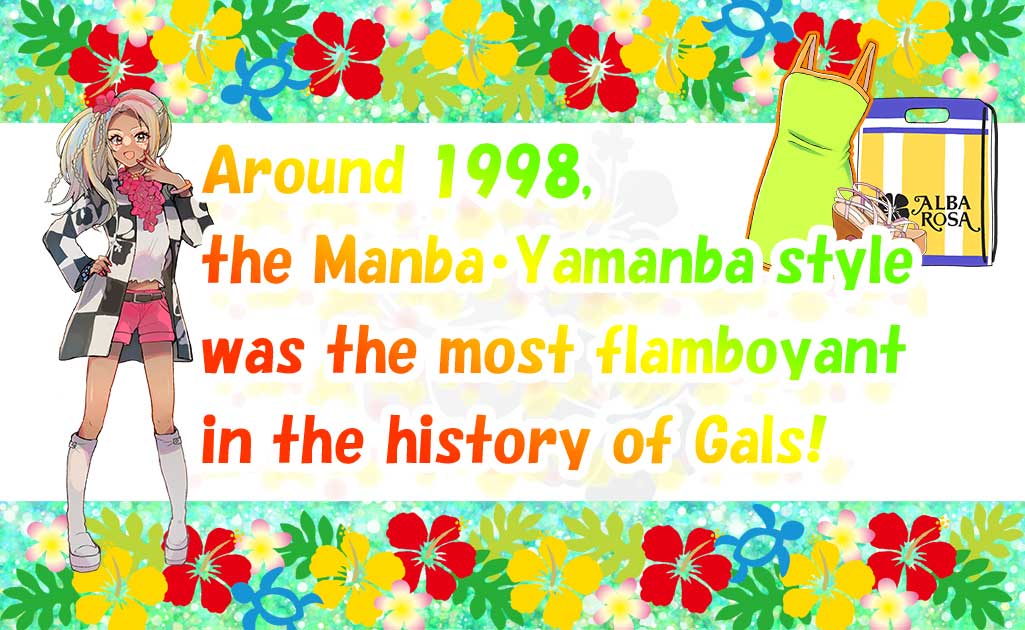The following year (1999), the word "Charisma" was nominated for the top 10 of the New Words/Buzzwords Awards, and the "charisma boom" was amazing.
1998 saw the rise of the "Charisma shop clerk" trend! Retro gals fashion started to gain attention.

Around 1998, influenced by the popular magazine "Tokyo Street News", the clerks working at the 109 Shibuya stores of popular brands such as the gal fashion brand "EGOIST" began to be called "Charisma shop clerks."
Following this, there was a boom in charisma shop clerks, and the clothes they wore, such as those with retro patterns, sold like hotcakes.
What are charisma shop clerks?
Charisma shop clerks refer to the shop clerks working at popular brands located in Shibuya 109, such as "EGOIST," "COCOLULU," "me Jane," and "Jassie."
Among them, particularly notable were "Yoko Morimoto" and "Reiko Nakane" from "EGOIST," who were considered representative charisma shop clerks.
With the emergence of charisma shop clerks, EGOIST's sales reportedly exceeded 5 million yen on weekdays and over 10 million yen on weekends, amounting to more than 200 million yen a month!
The origin of "charisma shop clerk"
The term "charisma shop clerk" is said to have originated around 1998, coined by the editors of the popular magazine "Tokyo Street News" and the PR representatives of Shibuya 109.
Until then, 109 brand clothes were commonly worn by models in gals magazines, however, when "Tokyo Street News" featured fashion pages of EGOIST shop clerks like Yoko Morimoto and Reiko Nakane, the attention towards these "shop clerks" skyrocketed!
Following this, shop clerks like Yoko Morimoto and Reiko Nakane became highly sought after by magazines and media, eventually leading to them being referred to as "charisma shop clerks".

Characteristics of charisma shop clserks
- Good visuals.
- Good style.
Shop clerks serve as the store's signboard models (walking mannequins), and are asked how stylishly they wear the clothes and whether they are contributing to sales.
Among the many stores, visual appearance and style were important to work at Shibuya 109, a mecca for gals.
Working in "Shibuya 109" was considered a statusl!

Arrival of the retro gals boom

Around 1998, flashy fashion styles like hawaiian taste and neon colors were mainstream. However, "EGOIST", the representative brand of "charismatic shop clerks", sparked "retro gals' fashion", and clothes with retro patterns reminiscent of the 1970s became popular.
Among these retro patterns, the ones frequently seen at the time included "polka dots", "floral prints", and "scarf patterns" (similar to Pucci designs).
Wearing scarves with patterns matching those on the clothes, either around the head or neck, also became popular.
The state of gals at the time
What the gals of those days would do when they got together.
- Dance a lot of parapara ~Third Parapara boom~
- Taking Lots of Purikura.
Dance a lot of parapara ~Third Parapara boom~
From around 1999 to 2001, the "Third Para Para Boom" occurred!
There were many Para Para club events, and gals and gal-o (male gals) eagerly participated in them.
At that time, every gals could dance to songs like "Night of Fire" and the Para Para version of "Mickey Mouse March." They danced Parapara all the time, not only in clubs, but also at school, around town, and even at home.
Taking Lots of Purikura

Gals really loved Purikura () !
It was normal for him to take at least one Purikura photo every day with the friends he met almost every day.
Even gals from schools with strict school rules transform into full-fledged gal styles for photo shoots by shortening their skirts, wearing baggy loose socks, and oversized Ralph Lauren () sweaters.
.Purikura, short for "Print Club" in Japanese, refers to a special type of photo booth that originated in Japan. These booths allow users to take photos, customize the images with various decorations, and then print them out as stickers.
.Ralph Lauren, with its trademark pony logo, is a fashion brand also known as 'POLO.' In the 90s, it was popular among high school girls, especially for cardigans.
The 'Street Snap' Purikura machine, popular at the time, was very popular because it allowed for full-body Purikura, something new at that time!

During this era, which saw many Ganguro and Gonguro gals, Retro-style fashion was embraced as a novel trend by the older Sister-type gals crowd.
This Retro fashion later became the forerunner of older Sister-type gals, and greatly changed the image of youthful and showy gals up until then.

